Exploring the rich features of hip hop culture offers a fascinating journey into its history, core elements, and its profound impact on society. From its humble beginnings in the Bronx to its current status as a global phenomenon, hip hop has transcended music, becoming a powerful cultural force that shapes trends, influences art, and sparks social movements. What defines hip hop culture features? It’s the unique blend of beats, rhymes, and storytelling that resonate across generations. But there’s more to it than just music—hip hop is a lifestyle, a reflection of identity, and a catalyst for change. In this article, we’ll delve into the key components that make hip hop culture so influential, its historical evolution, and how it continues to shape modern society. Whether you’re a longtime fan or new to the scene, prepare to uncover the layers of this dynamic and ever-evolving cultural movement.
Key Takeaways
– Beats and Lyrics shape the rhythm and storytelling foundation of hip hop culture.
– Fashion evolves into a global style, embracing self-expression and influencing brands.
– DJing and MCing are central to the culture, with DJs crafting beats and MCs delivering powerful narratives.
– Breaking showcases agility and creativity through iconic dance moves.
– Graffiti transforms public spaces into vibrant art, reflecting urban life and social issues.
– Storytelling thrives through MCs, capturing personal journeys and societal challenges.
– Social Impact drives change, addressing inequality and inspiring community empowerment.
– Festivals celebrate hip hop’s global influence, uniting diverse audiences and artists.
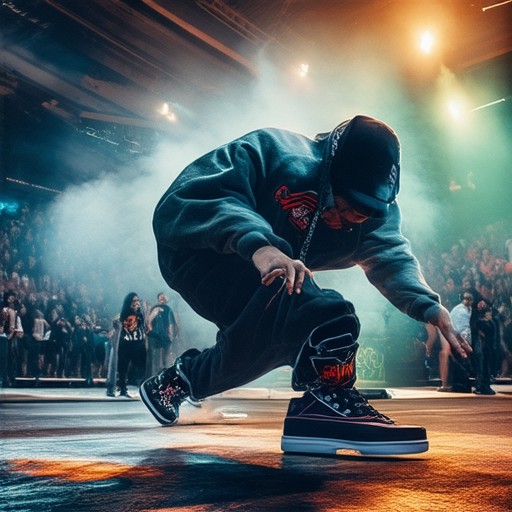
What Defines Hip Hop Culture Features?
Hip hop culture encompasses a vibrant blend of art forms, social expressions, and creative practices that have transcended boundaries to become a global phenomenon. Below are the key features that define hip hop culture:
- DJing :
- The backbone of hip hop, DJing involves blending records to create beats, rhythms, and soundscapes that provide the foundation for rappers and MCs to perform. DJs manipulate vinyl records, samplers, and digital tools to craft unique auditory experiences, often telling stories through their mixes.
- MCing (Master of Ceremonies) :
- MCs are the verbal storytellers of hip hop, using their voice, rhythm, and lyrical skills to engage audiences. Their delivery ranges from smooth, narrative storytelling to rapid, rhythmic deliveries, often incorporating punchlines, wordplay, and social commentary.
- Breakdancing :
- A core element of hip hop, breakdancing combines acrobatics, precision, and fluidity. Dancers move to the beat, performing moves like headspins, footwork, and power moves, which have evolved into various styles like popping and locking.
- Graffiti Art :
- Known as “writing,” graffiti is a visual art form where artists use spray paint, markers, or brushes to create murals, logos, or messages on public surfaces. It has become a significant cultural expression, often used to convey social messages or personal styles.
- Beatboxing :
- This rhythmic technique involves creating beats and rhythms using mouth sounds, breathing, and body movements. Beatboxers use their voices to mimic drum machines, creating intricate patterns that are central to hip hop music.
- Fashion and Style :
- Hip hop culture has influenced streetwear, with iconic styles like hoodies, sneakers, and cargo pants becoming synonymous with the culture. Urban fashion often blends practicality with bold designs, reflecting the creativity and individuality of its wearers.
- Language and Vernacular :
- Hip hop culture has popularized its own slang and phrases, influencing how people speak and interact. Terms like “yo,” “fresh,” and “tight” have entered mainstream language, while rap lyrics often use clever wordplay and metaphors.
- Social Commentary :
- Many hip hop artists use their music to address social issues, such as systemic inequality, economic struggles, and political corruption. This tradition of activism dates back to the genre’s origins in marginalized communities.
- Collective Expression :
- Hip hop culture thrives on collaboration, with artists sampling music, collaborating on tracks, and building off each other’s work. This collective spirit extends to communities and events, fostering a sense of unity and shared identity.
- Cultural Impact :
- Beyond music, hip hop has influenced film, television, comedy, and even business practices. Its influence spans generations and crosses cultural boundaries, making it one of the most impactful movements of the modern era.
These elements collectively define hip hop culture, creating a dynamic and evolving force that continues to shape global trends in art, music, and society. Link to homepage | Learn more about hip hop artists | Explore hip hop events
What Are the Key Components of Hip Hop Culture?
Hip hop culture encompasses a multifaceted blend of music, fashion, dance, storytelling, and social expression. At its core, it’s a dynamic and evolving phenomenon that has left an indelible mark on global entertainment and society.
- Music : The foundation of hip hop culture is its music, which originated in the Bronx, New York City, during the late 1960s and early 1970s. It combines elements of African American musical traditions, DJing, MCing, and breakdancing. Rap, R&B, and beats are central to its sound, with artists using lyrical storytelling to reflect social issues, personal experiences, and cultural themes.
- Fashion : Hip hop fashion is characterized by its bold, streetwear styles, including oversized clothing, graphic tees, and high-top sneakers. It has influenced global fashion trends, with brands adopting elements like cargo pants, hoodies, and athletic wear into mainstream attire.
- Dance : Breakdancing, popularized in the 1980s, is one of the most recognizable aspects of hip hop culture. It involves intricate moves performed to the beat of the music, often showcasing creativity, precision, and rhythm.
- Storytelling : MCs (Master of Ceremonies) use their lyrics to tell stories, share experiences, and address societal issues. This narrative aspect is a cornerstone of hip hop culture, allowing it to serve as a platform for social commentary and personal reflection.
- Social Impact : Hip hop culture has long been a tool for social change, addressing topics like systemic inequality, police brutality, and economic challenges. Artists use their platforms to amplify voices and advocate for justice, making it a powerful force for community empowerment.
- Competitions and Events : Major events like the BET Hip Hop Awards and the XXL Freshman Cypher showcase the best in music, verse, and performance. Competitions highlight the technical skills and creativity of hip hop artists worldwide.
Explore more about the rich history and diverse expressions of hip hop culture through platforms like XXL and Vibe . To dive deeper, check out The Source for exclusive interviews and industry news.
Don’t miss out on discovering the deeper layers of hip hop culture through Abstract Hip Hop , where you can find cutting-edge analysis and original content.
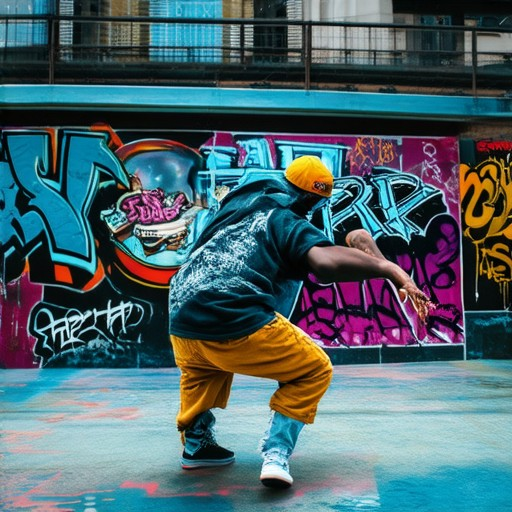
Key Elements of Hip Hop Culture
Hip hop culture encompasses a multifaceted blend of art forms, social expressions, and cultural practices that have evolved since the late 1970s. At its core, hip hop culture revolves around:
- Rap Music : A verbal art form where MCs (Master of Ceremonies) use rhymes, rhythm, and storytelling to convey narratives, emotions, and social commentary. Rap has become a global phenomenon, influencing various genres and serving as a powerful tool for self-expression and community building.
- DJing : The art of spinning vinyl records, mixing tracks, and creating live beats. DJs are considered the foundation of hip hop, with pioneers like DJ Kool Herc laying the groundwork in the Bronx during the 1970s.
- Graffiti Art : A visual medium where artists use spray paint, stencils, and other tools to create bold, often politically charged, artwork. Graffiti has evolved from subway trains to becoming a celebrated urban art form.
- Breaking Dance : An energetic, acrobatic style of dance that originated in the Bronx. Dancers develop their own unique styles, often performing in crews to showcase their skills and creativity.
- Fashion : A distinctive style characterized by urban wear, sneakers, and bold statements. Hip hop fashion has influenced global trends, blending streetwear with high-end designs.
Hip hop culture is not just music; it’s a lifestyle, a philosophy, and a reflection of social struggles. From its roots in marginalized communities to its global influence, hip hop continues to shape contemporary culture while preserving its authentic roots.
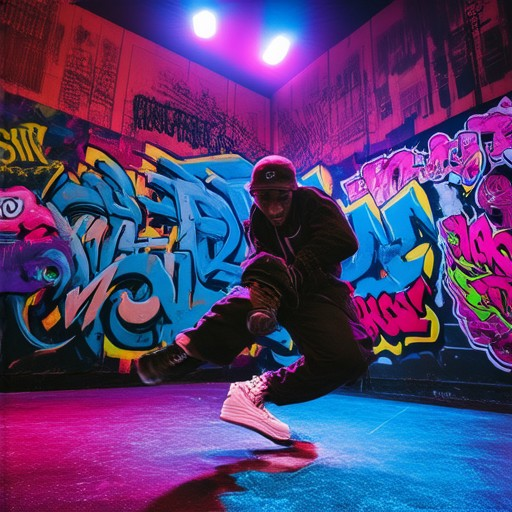
Key Features of Hip Hop Culture
Hip hop culture is a vibrant and dynamic blend of music, art, fashion, and social expression. Below are the core features that define this influential movement:
1. Beats
The backbone of hip hop culture lies in its distinctive beats. Produced by DJs and producers, these rhythmic patterns often sample from various genres like funk, jazz, and soul. Beats serve as the foundation for rappers to tell stories and convey emotions, making them a cornerstone of the culture.
2. Lyrics
Lyrics in hip hop are more than just words—they’re powerful statements that reflect personal experiences, social commentary, and artistic expression. Rappers use intricate wordplay, storytelling, and metaphors to deliver messages that resonate with audiences worldwide.
3. Fashion
Hip hop fashion has evolved into a global style phenomenon. It incorporates elements like streetwear, urban attire, and customizable outfits that allow individuals to express their identity. Brands like Supreme, Nike, and Adidas have embraced this culture, creating iconic designs.
4. DJing
DJing is a central aspect of hip hop culture, dating back to its roots in block parties. DJs spin vinyl records, mix tracks, and create seamless transitions, providing the beat for rappers and dancers to perform. This skill requires precision, creativity, and a deep understanding of music history.
5. Breaking
Breakdancing, or “breaking,” is a signature dance style associated with hip hop. It involves fluid movements, spins, and footwork that showcase agility and control. Breakers often perform at events, competitions, and music videos, adding a visual element to the culture.
6. Graffiti
Graffiti art is another integral part of hip hop culture. Artists use public spaces to create murals and tags, often blending themes of urban life, social issues, and personal style. This form of art has gained recognition and is displayed in cities around the world.
7. Storytelling
Storytelling through hip hop isn’t limited to music. MCs (Master of Ceremonies) craft narratives that capture personal journeys, historical events, and societal challenges. This storytelling tradition has inspired generations and provides a platform for voices often marginalized in mainstream media.
8. Social Impact
Hip hop culture has always been a tool for social change. It addresses issues like systemic inequality, police brutality, and economic disparities. Artists use their platforms to advocate for justice and inspire communities, making it a powerful force for empowerment and awareness.
9. Festivals and Events
Major events like Coachella, Glastonbury, and SXSW highlight hip hop’s global influence. These festivals showcase performances from established artists and emerging talents, fostering a sense of unity and shared cultural experience.
Hip hop culture continues to evolve, influencing fashion, music, film, and technology. Its impact extends beyond entertainment, shaping conversations about identity, politics, and society. Whether through music, art, or dance, hip hop remains a universal language that transcends boundaries and unites people worldwide.
What Are the Core Elements That Define Hip Hop Culture?
Hip hop culture is a vibrant and multifaceted phenomenon that encompasses various aspects of music, art, fashion, and language. Below are the key components that define this dynamic culture:
- Music : At its core, hip hop music is a rhythmic, melodic art form that originated in African American communities in the Bronx during the late 1960s. It incorporates elements of jazz, soul, funk, and reggae, often featuring rapping lyrics delivered over beats. Major subgenres include rap, trap, drill, lo-fi, and conscious hip hop.
- DJing : Disc jockeys (DJs) play a central role in hip hop culture, using turntables and mixers to create seamless transitions between tracks. This skill was pioneered by figures like DJ Kool Herc, who popularized block parties in the South Bronx.
- MCing : Rappers, or MCs (Master of Ceremonies), are the voices of hip hop, delivering intricate rhymes and storytelling over beats. Artists like Biggie Smalls and Tupac Shakur are celebrated for their lyrical prowess and social commentary.
- Graffiti : Street art and tagging are integral parts of hip hop culture, with artists using public spaces to create visually striking murals and messages. This form of expression gained prominence through figures like Jean-Michel Basquiat and the crew known as the Rolling Stones.
- Fashion : Hip hop fashion includes styles like saggy jeans, hoodies, and baseball caps, which have evolved over time. Brands like Nike and Adidas have embraced this trend, releasing limited-edition sneakers tied to hip hop events and icons.
- Language : The use of slang, nicknames, and unique expressions is a hallmark of hip hop culture. These linguistic elements have influenced pop culture globally, from social media trends to mainstream media.
- Beatboxing : This technique involves creating rhythms and melodies using just the human body, often with mouth sounds and hand claps. It’s a fundamental skill for many hip hop artists and is now recognized as a distinct art form in its own right.
Hip hop culture continues to evolve, influencing various industries and inspiring new generations. Its impact extends beyond music to areas like film, comedy, and social justice, making it a cornerstone of modern global culture.
For more insights into hip hop’s history and its influence, visit Abstract Hip Hop for in-depth articles and interviews covering the genre’s past, present, and future.
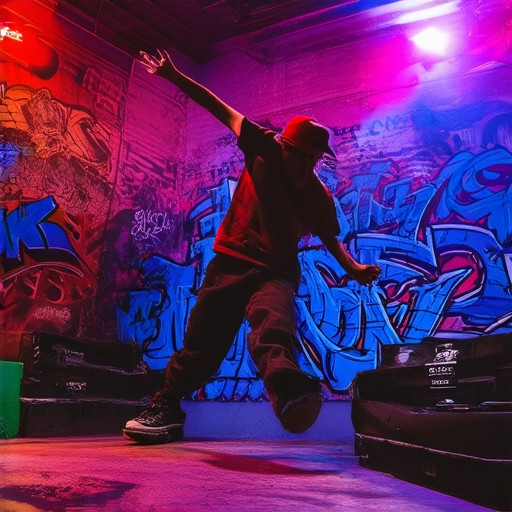
What Are the Core Elements That Define Hip Hop Culture?
We’ve identified the essential components that make up the vibrant tapestry of hip hop culture. Here’s a breakdown of the key elements:
- Music : At its core, hip hop is a musical art form characterized by rhythmic beats, lyrical storytelling, and innovative sampling. It encompasses genres like rap, R&B, trap, and drill music, each with its own subcultures and styles.
- Dance : Breakdancing, popping, locking, and freestyling are integral parts of hip hop culture. These movements evolved from street dances and have become iconic symbols of the culture.
- Fashion : Hip hop fashion is a dynamic and evolving style that includes oversized clothing, streetwear, sneakers, and accessories. It has influenced global fashion trends and remains a significant aspect of self-expression.
- Graffiti Art : Known as aerosol art, graffiti has been a cornerstone of hip hop culture since its inception. It’s a medium through which artists express themselves and beautify public spaces.
- DJing : Turntablism, or DJing, is a crucial element of hip hop. DJs spin vinyl records, mix tracks, and create live remixes, playing a vital role in the evolution of the culture.
- MCing : Emceeing, or rapping, is the verbal art form that defines hip hop. MCs use their words to tell stories, drop rhymes, and inspire audiences, making them the voices of the culture.
- Beatboxing : This rhythmic technique involves creating beats using mouth sounds, hand claps, and body rhythms. It’s a fundamental skill for many hip hop artists and a captivating performance element.
These elements collectively form the foundation of hip hop culture, shaping its identity and influencing various aspects of society. Explore further with us at Abstract Hip Hop to dive deeper into the world of hip hop.

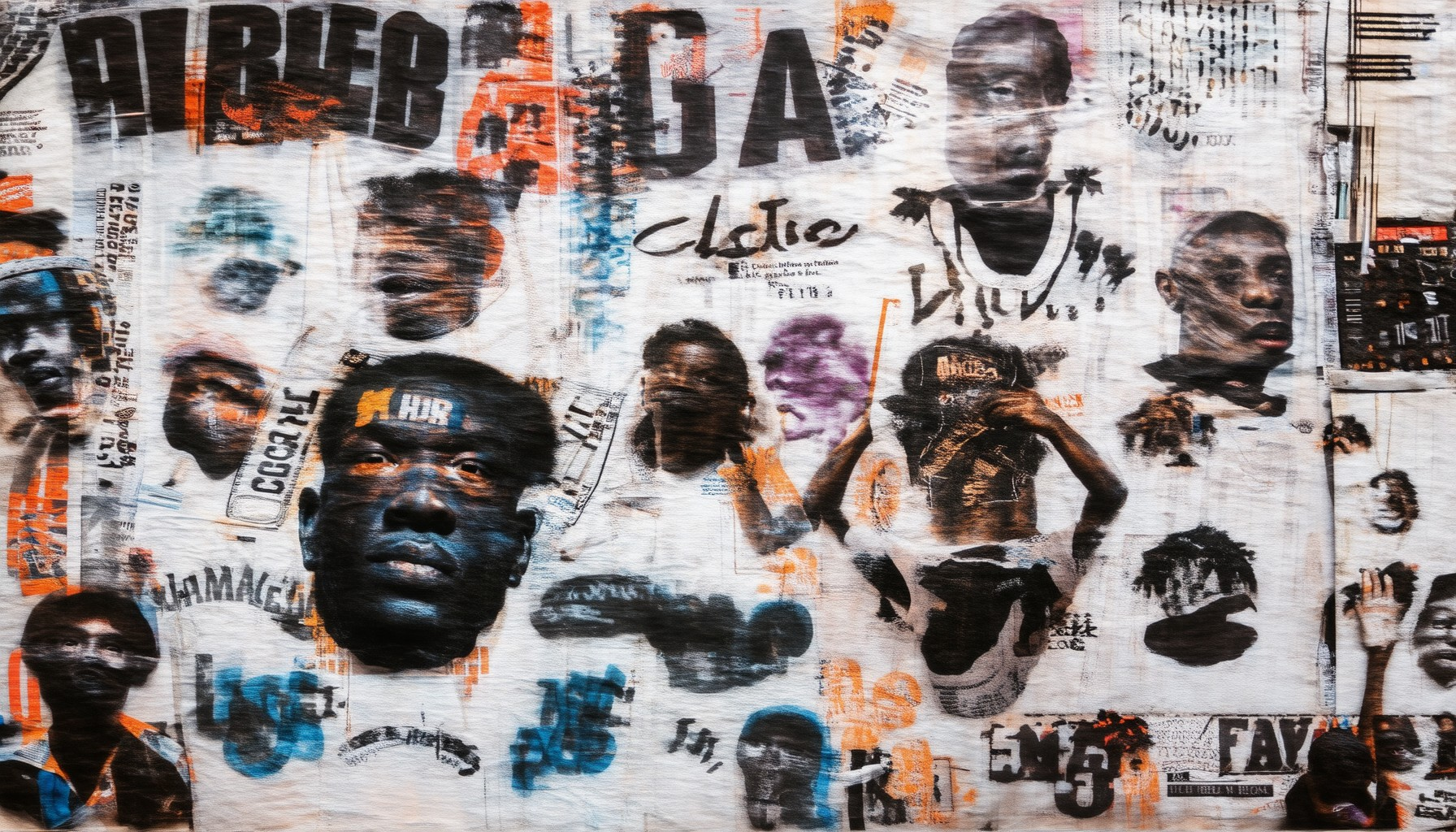



0 Comments